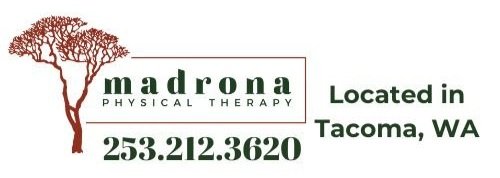Bowel Dysfunction and How Pelvic Physical Therapy Can Help
Bowel dysfunction is very common in women and many people wonder “why”? Some of the reasons are truly structural and physiological. Women have more difficulty with the bowel because of the presence of the uterus and ovaries crowding intestines, hormone variability with menstrual cycles, differing enzymes within the liver and slower emptying within the stomach, colon and gall bladder. These issues can lead to women to have an increased incidence of chronic constipation, inflammatory bowel disease, irritable bowel syndrome, and colon cancer. Statistically speaking, most people with a bowel disorder are female and under the age of 65.
It is funny how we all enjoy “potty humor,” but it is still so difficult to discuss what is happening with our bladder and bowel habits. So often women apologize over and over again when they come into my clinic looking for help with bowel disorders. I think they apologize due to embarrassment or shame because it is so “taboo” or “un-ladylike” to discuss our stool. As a pelvic/women’s health PT I have a special love for discussing “poop” and all its connected parts because I know how hard it is for women to admit this problem and seek help.
Pelvic floor physical therapy should be the first approach for treatment for bowel issues. Because the pelvic floor muscles serve as a gatekeeper to the rectum and bowel movements are a functional activity, they are part of a physical therapists scope of practice for treatment. Pelvic floor physical therapists work with gastroenterologists and other medical doctors to treat many diagnoses such as:
· Fecal incontinence
· Bowel urgency
· Constipation
· Irritable bowel syndrome
· Pain with bowel movements
· Straining with bowel movements
· Rectal prolapse
The ability to have a normal bowel movement is part of good health, and if this is something you struggle with, please know it can be changed for the better. The most important element is to acknowledge the problem exists and seek help. There are established treatments through physical therapy research that can help you with your problem and help you get your normal life back.
The treatment for these issues is as variable as a women’s diagnosis. Many treatments begin with assessments of diet, water intake and activity level and this includes keeping a bowel diary for several days. We evaluate the pelvic floor musculature both vaginally and rectally to determine if the muscles are working as they should. We assess the core muscles, pelvis and low back from a biomechanical perspective to determine if a postural or strength issue is impacting the bowel. We utilize rehab-based UltraSound and biofeedback to assess muscle activation during bowel movements and to retrain muscles if needed. Manual therapy is performed to the viscera of the abdomen and pelvic floor muscles to help with bowel motility and release trigger points that may be restricting movement of stool. We utilize rectal balloon training to improve muscle coordination and to also re-train the sphincters to re-create the correct bowel urge feeling.
Please don’t continue to suffer in silence and shame. Reach out and find a pelvic floor physical therapist in your area that specializes in bowel dysfunction. You will learn so much about your disorder and you can also share that knowledge with friends and family. Most of us learn our bladder and bowel habits from our family units, and although we love them, and this may not be the most reliable source of information.
-Dr. Angela Maxwell
PT, DPT, Board-Certified in Women’s Health Physical Therapy
Madrona Physical Therapy
Tacoma, WA

